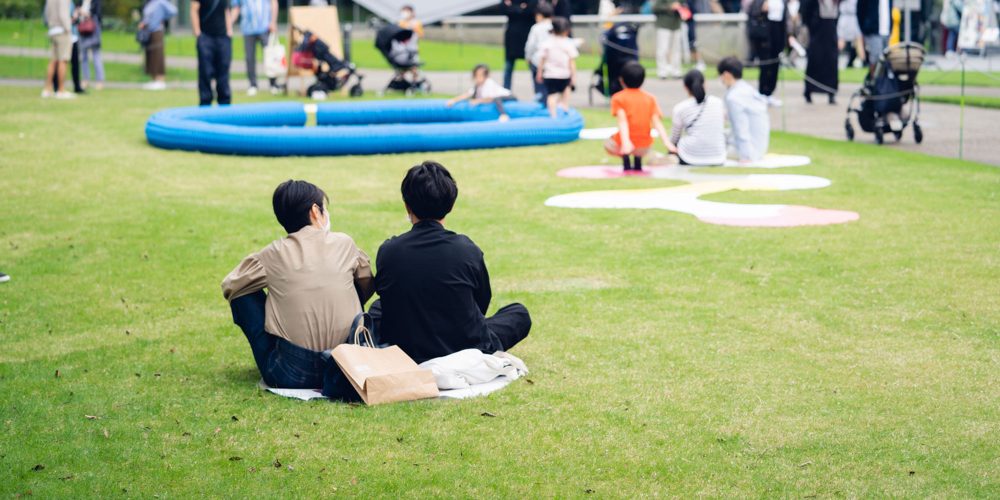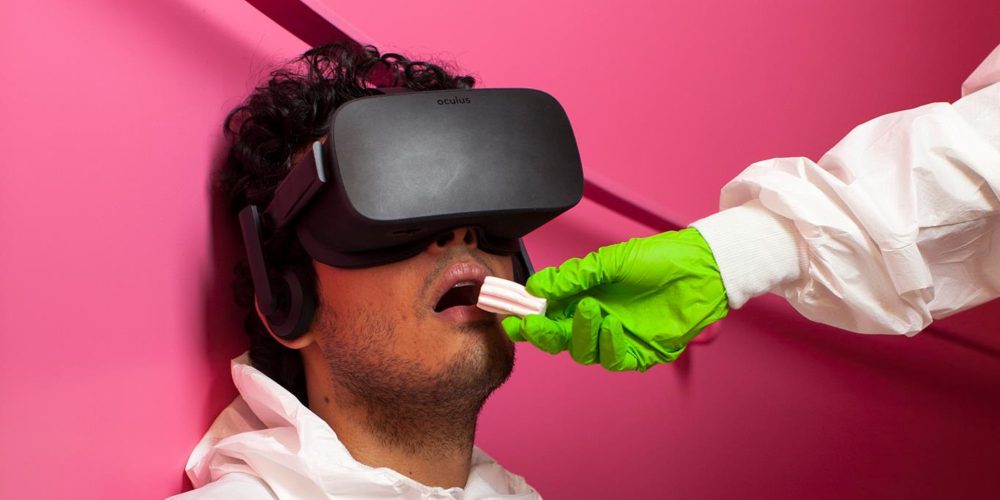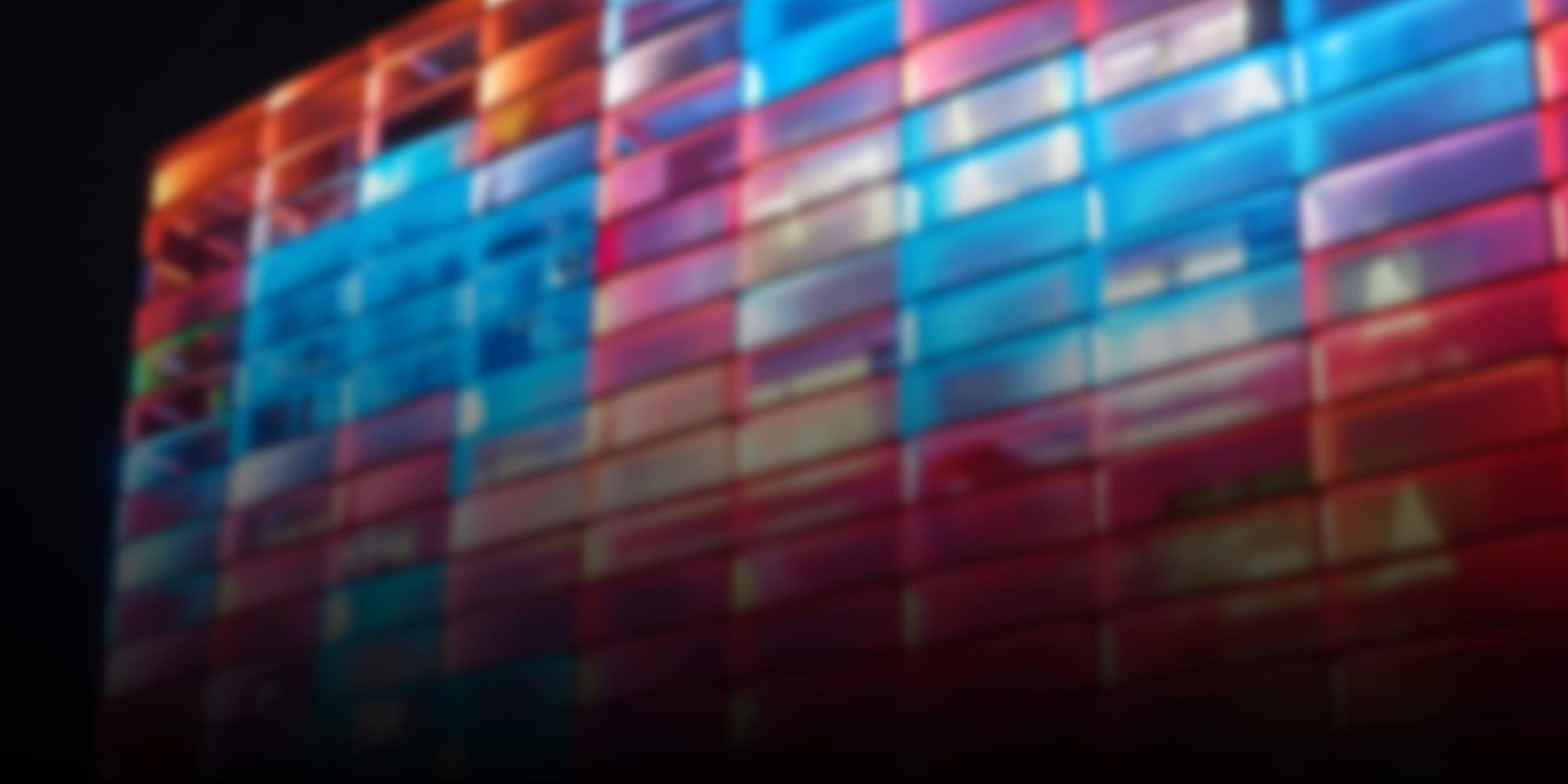
Interactive Art
-
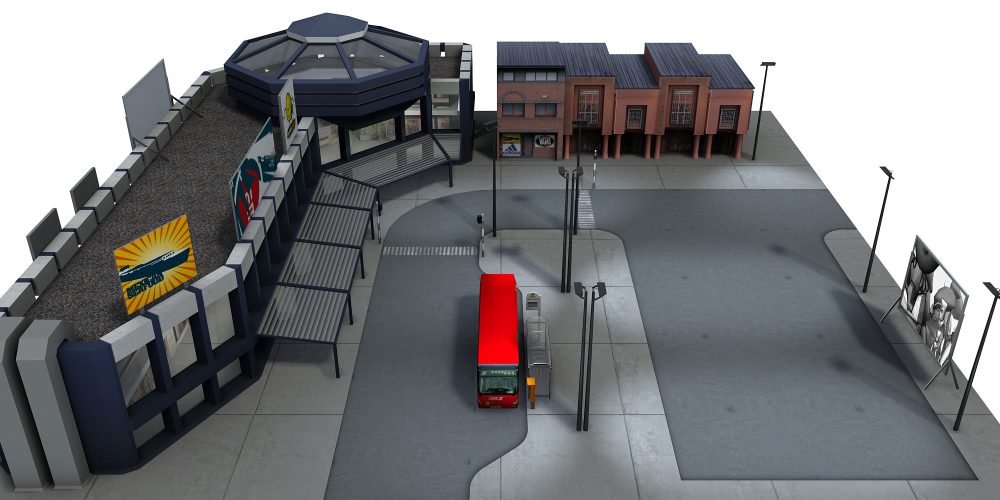
Throwback: City Puzzle
City Puzzle by the Ars Electronica Futurelab was an interactive simulation environment that let you create virtual urban landscapes.
-
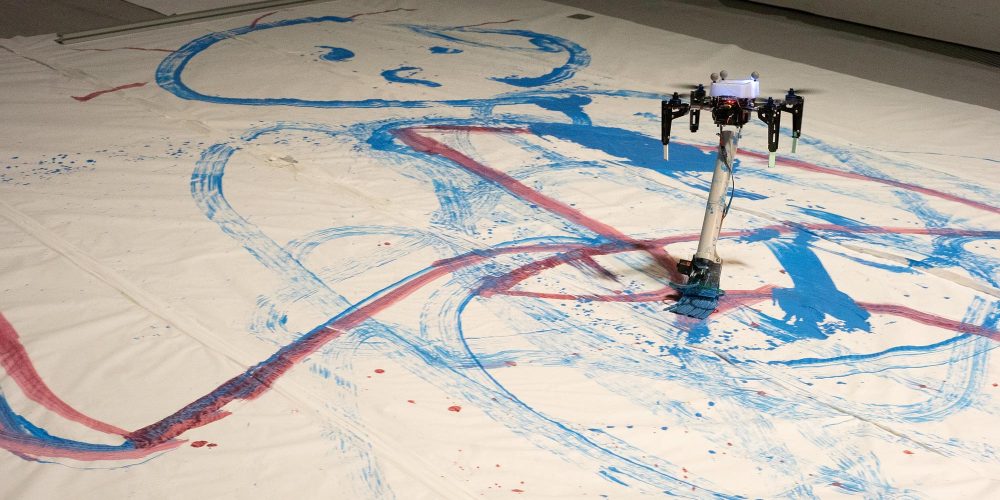
Space Ink – a future of visual arts?
With the Paintbrush painting drone, the Space Ink research project is opening a new chapter in the future of art.
-
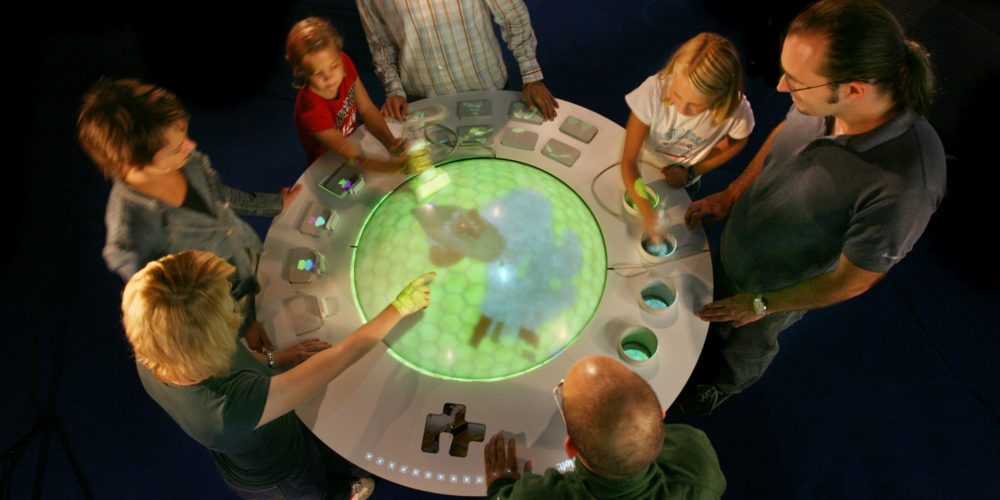
Throwback: Gulliver’s World
Gulliver’s World, the further development of Gulliver’s Box, was a multi-user mixed reality system developed by the Ars Electronica Futurelab.
-

Join: What will your life be like in 25 years?
Share your future visions with the world – “Memo Futurum” makes this happen until the end of the year. Only in 2046 they will be recalled.
-
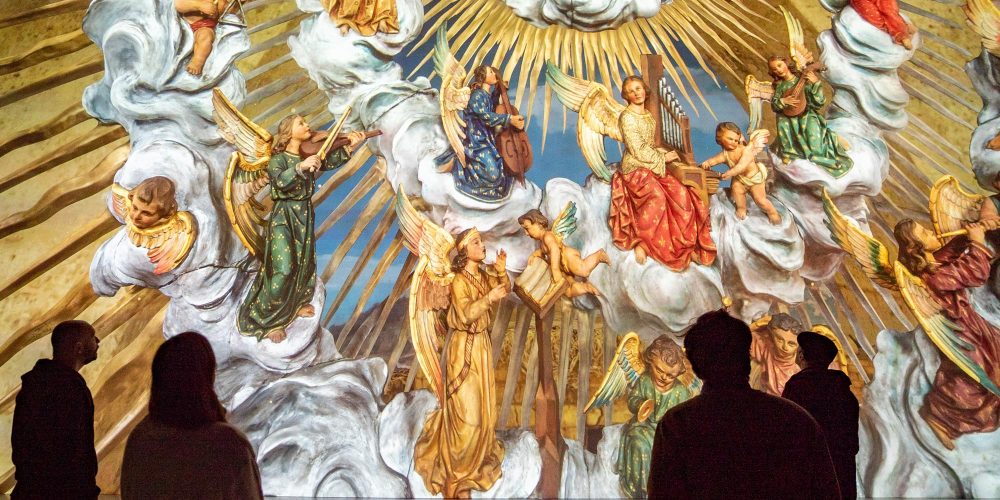
Future Christmas
Whether Christmas hurry or Advent lockdown, we have a suitable program for a contemplative pre-Christmas time: The Virtual Crib from St. Mary’s Cathedral in Linz.
-
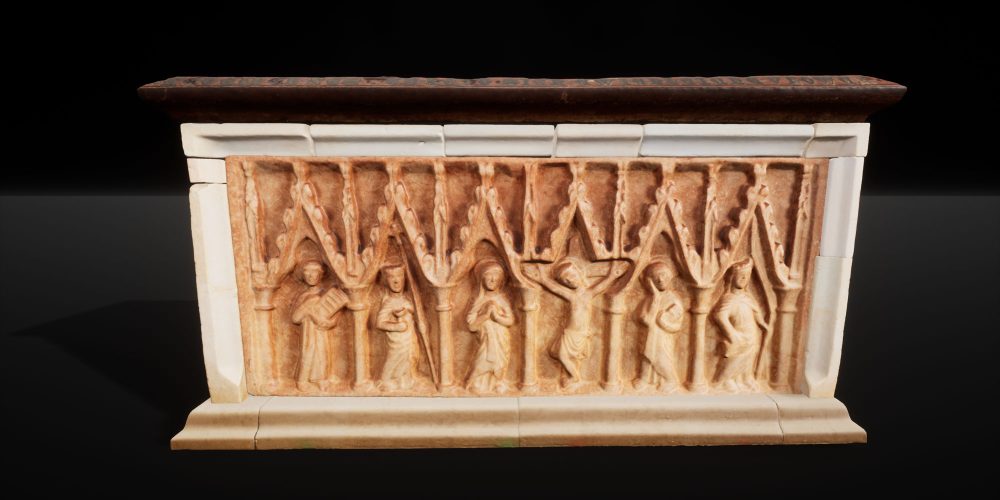
Digitization of cultural heritage
For the most recent digitization project, too, a Gothic tomb from the collegiate church of Wilhering, researchers of the Ars Electronica Futurelab successfully used the non-contact method of photogrammetry.
-
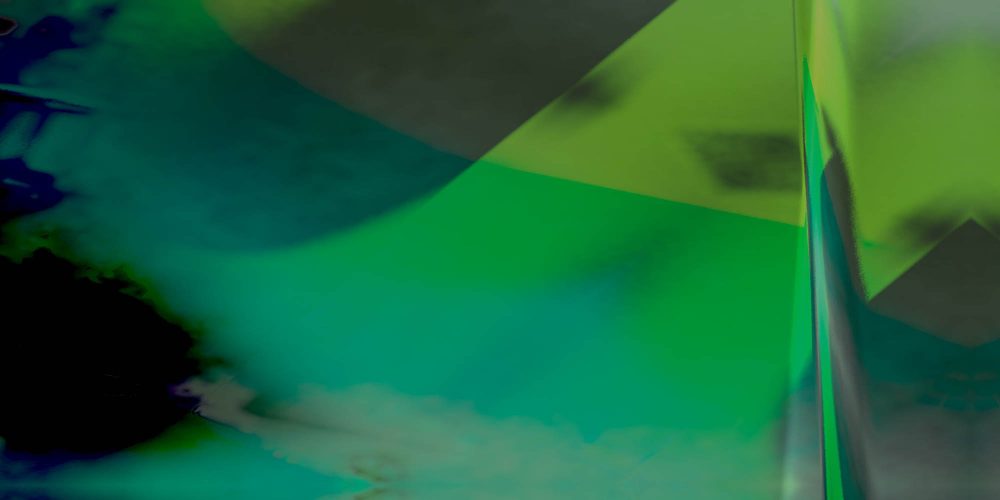
Nocturne 2021: the Pandemic on big screen.
An extraordinary artwork, created in an extraordinary period. Nocturne brings the time of the Pandemic in the Deep Space 8K.
-
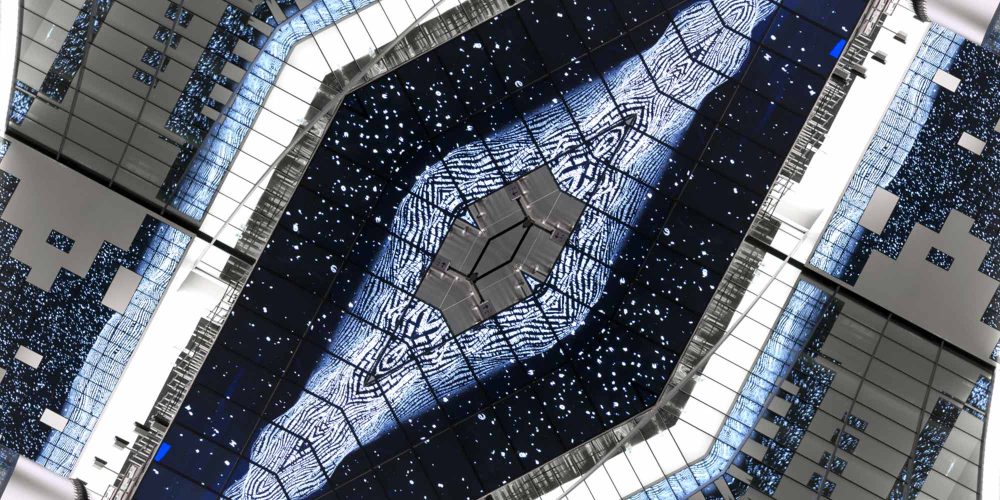
Poetic Systems
How art can make complex structures tangible
-
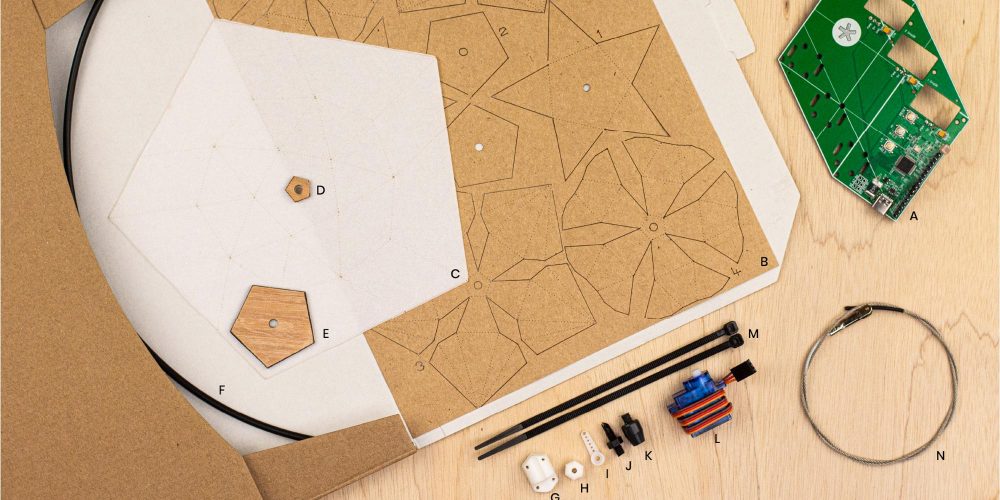
ORIBOKIT™ How to build robotic origami
With Oribokit™, a DIY kit for origami robots, Matthew Gardiner aims to collectively cross the boundaries between art and science towards the future.
-
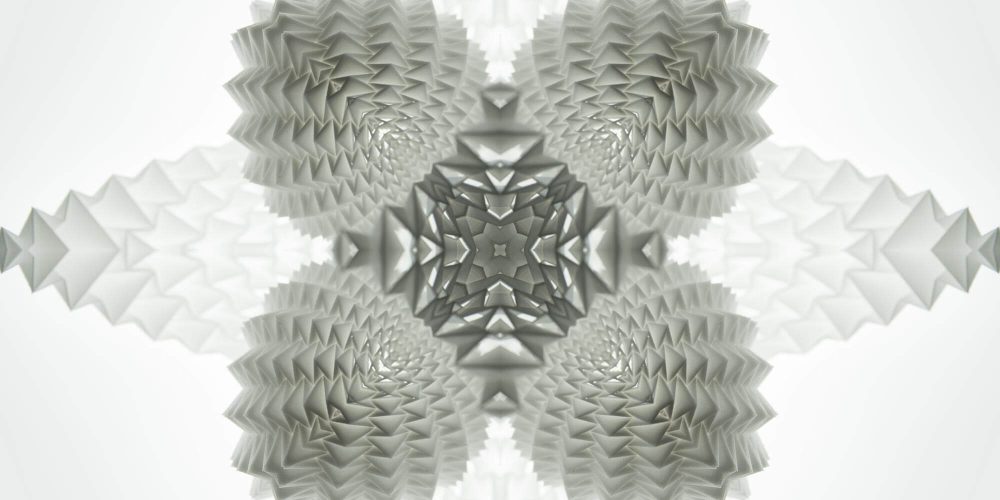
Computation and Beyond
How can we inspire people to actively design our common future?
-
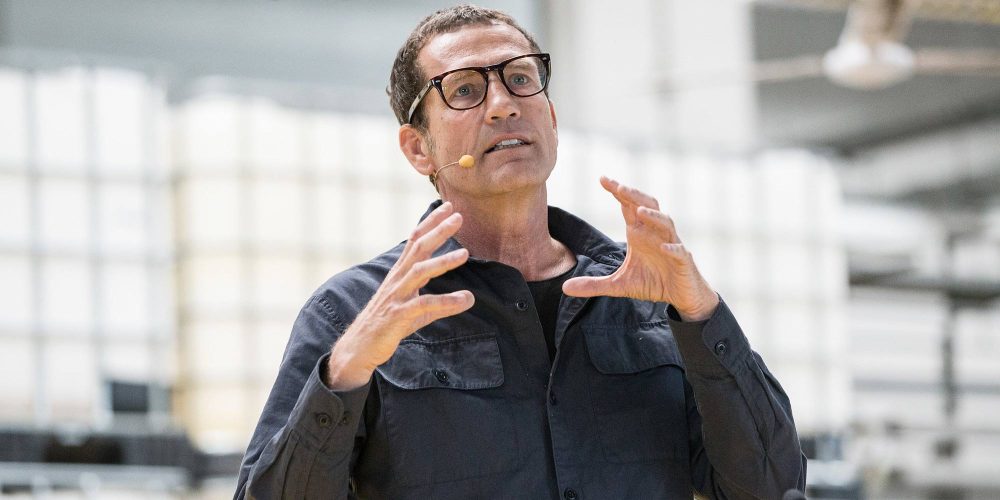
Joachim Sauter on Reflections and Kinetics
To commemorate the pioneer of media art, we are showing an excerpt of the lecture he gave at the 2017 Ars Electronica Festival.
-
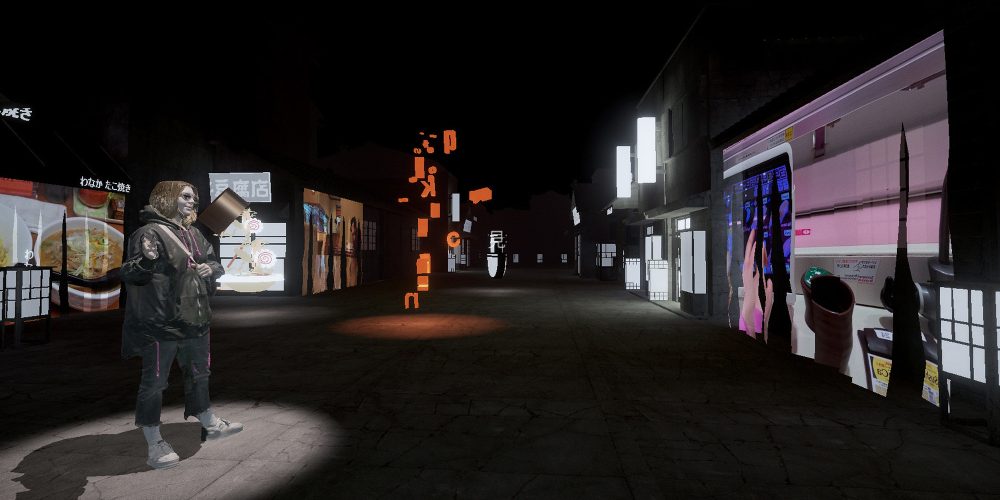
Rebecca Merlic: Making The City Your Own
Imagine giving up everything: Your bed, your kitchen, your bathroom, your apartment. From now on you live, eat and sleep in public space. Rebecca Merlic has been awarded the Marianne.von.Willemer.2020 Prize for Digital Media for the artistic realization of this experiment.
-
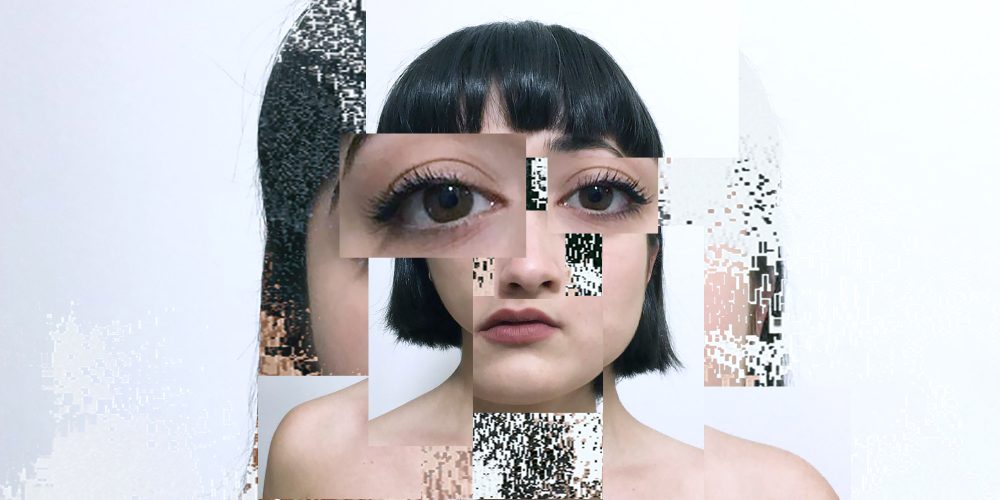
THE WILD STATE
A prairie in the Wild West, a futuristic pirate island on the ocean, people dancing at Burning Man – what images emerge in front of your inner eye when you hear THE WILD STATE?
-
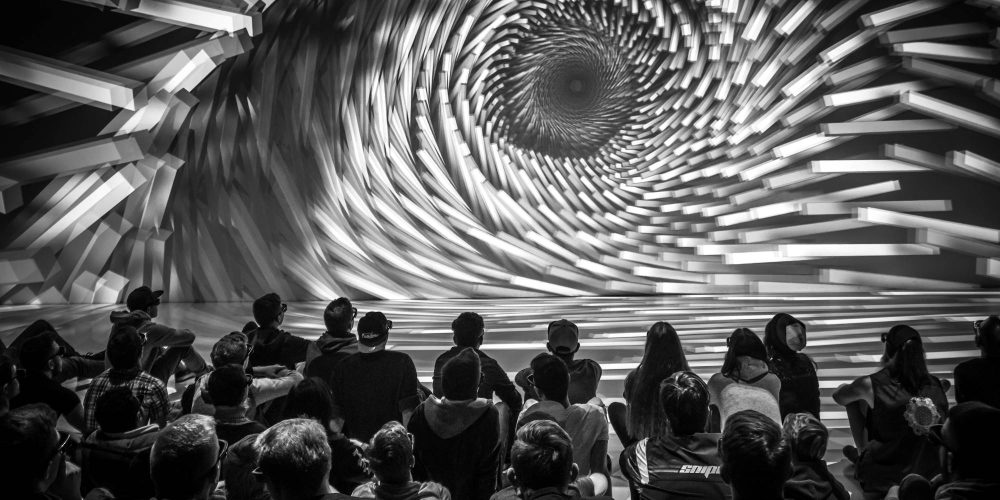
Deep Space 8K – Festival Program
A breathtaking piano piece, a virtual and real performance or a journey back to Roman times, this year’s Deep Space 8K festival program offers all this and much more. Let’s take a closer look into it!
-
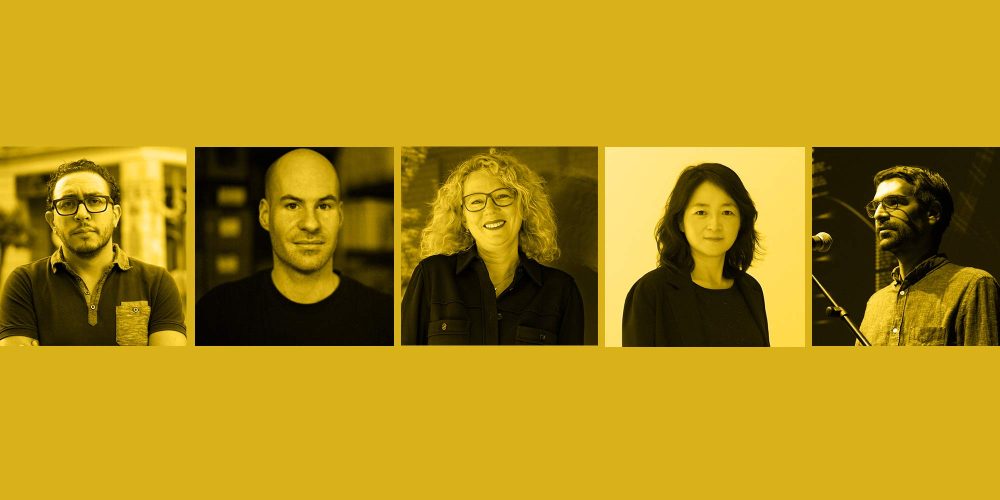
The Prix Ars Electronica Jury 2020: Interactive Art +
The jury in videos: We present to you the persons who will be deciding on the Golden Nica in the Interactive Art + category of the Prix Ars Electronica 2020.
-
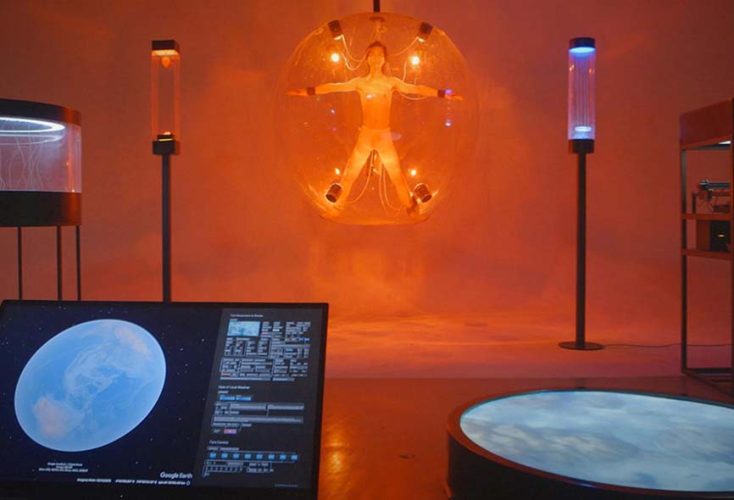
All connected, all affected
Shaun Hu’s works explore the relationship between humans and nature in the digital age. “Internet of Everything: All Connections” – currently part of the “human (un)limited” exhibition in Beijing – shows how everything around us is not only connected but also affected.
-
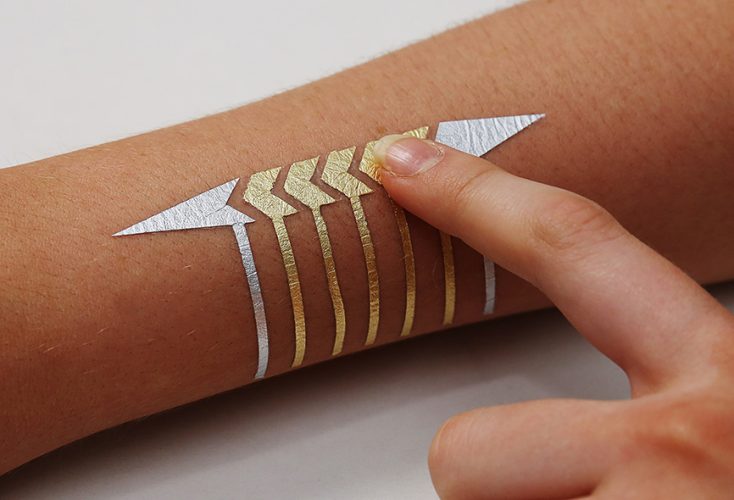
DuoSkin: Like a Second Skin
Nice metallic tattoo or modern on skin interface? Based on the aesthetics of temporary skin jewelry on skin, DuoSkin creates devices that allow users to control their mobile devices or display and store information on their skin. The project is currently part of Ars Electronica’s “human (un)limited” exhibition in Beijing.
-
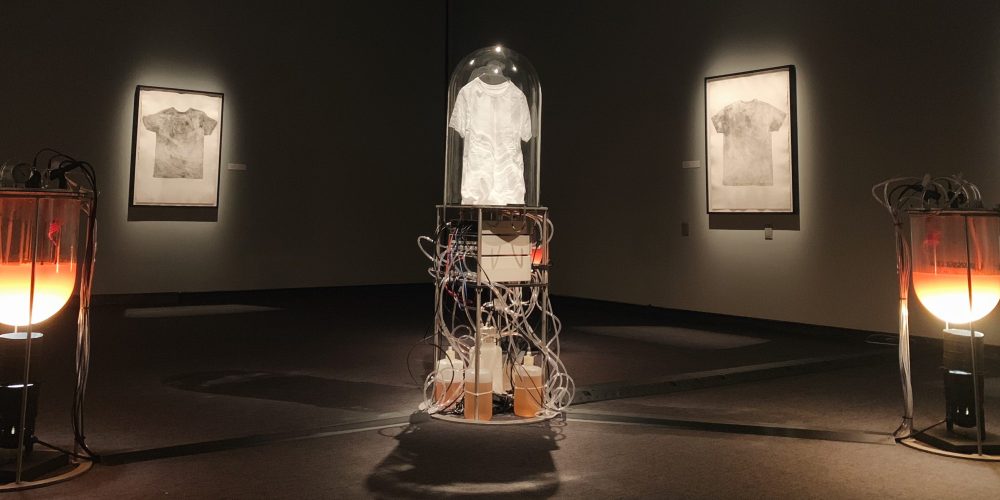
“What does exploitation smell like?”
Sweat and work are inseparably linked in Paul Vanouse’s installation LABOR. In an interview, the winner of the Golden Nica explained to us how odours develop and why he recreates this process in the laboratory.
-
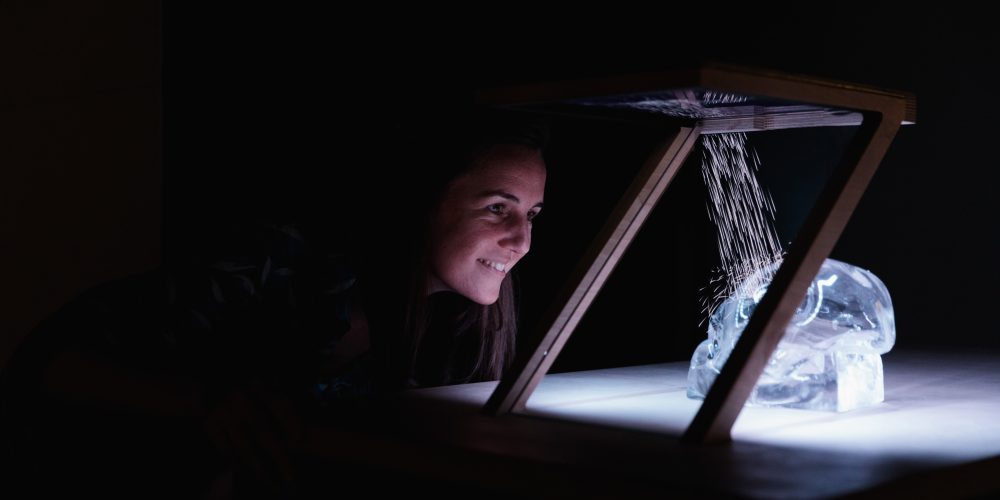
“Technology is nothing without the human intention behind it”
Claire B, one of the two artists behind the exhibition Mirages & miracles, talks in this interview about technologies, stones, poetics and the relationship between these elements. The new exhibition at the Ars Electronica Center opened on June 25 and continues until March 2020.
-

Gaming meets racing: Rotax MAX Dome
In the old slaughterhouse in Linz, e-carts will be making their rounds in the new Rotax MAX Dome from today on – on a racetrack that offers not only sharp bends but also games, virtual worlds and digital technologies. What does the Ars Electronica Futurelab have to do with it? That’s what we found out…
-
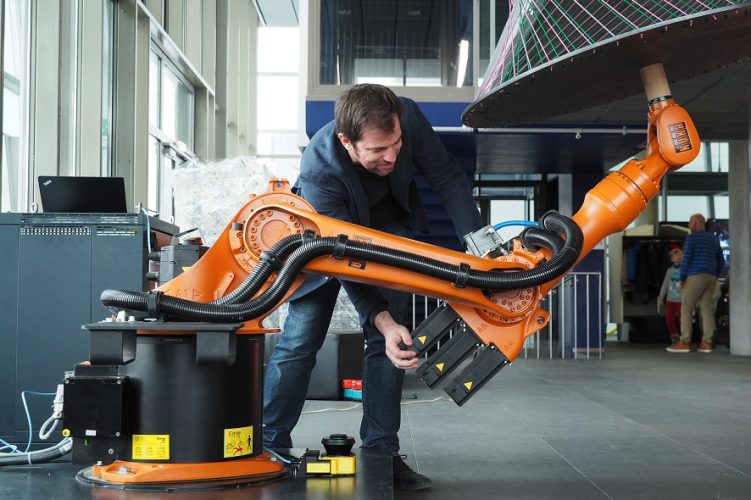
Future in a Nutshell: Creative Robotics
What could the future of robotics look like? As part of the “Future in a Nutshell” lecture series organized by Ars Electronica Export for the plastic producer Greiner, Johannes Braumann, head of the Laboratory for Creative Robotics at Linz Art University, spoke about his work. He also shared some impressions with us in this interview.
-
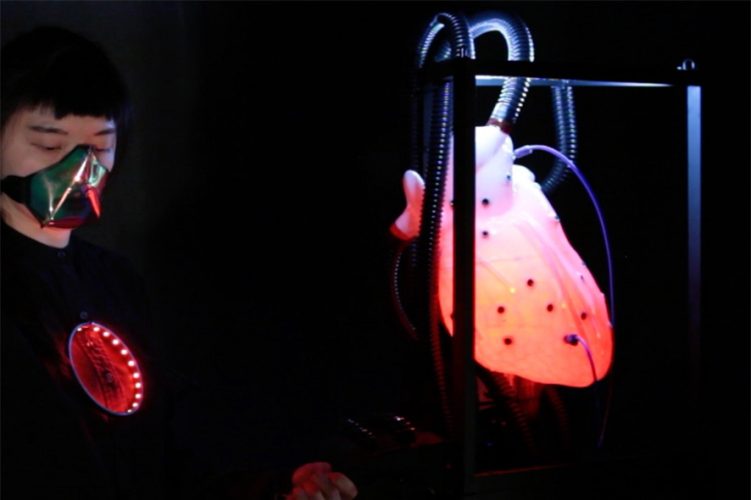
STEAM Imaging: When Art, Science and the Next Generation Converge
Bringing together scientists, school kids and an artist, transcending the boundaries of individual disciplines, discovering flexible forms of learning and collaboration, and imparting skills to work effectively with new technologies were the objectives of the artist-in-residence project entitled STEAM [science, technology, engineering, art, mathematics] Imaging. Bianka Hofmann, head of corporate communication at the Fraunhofer Institute…
-
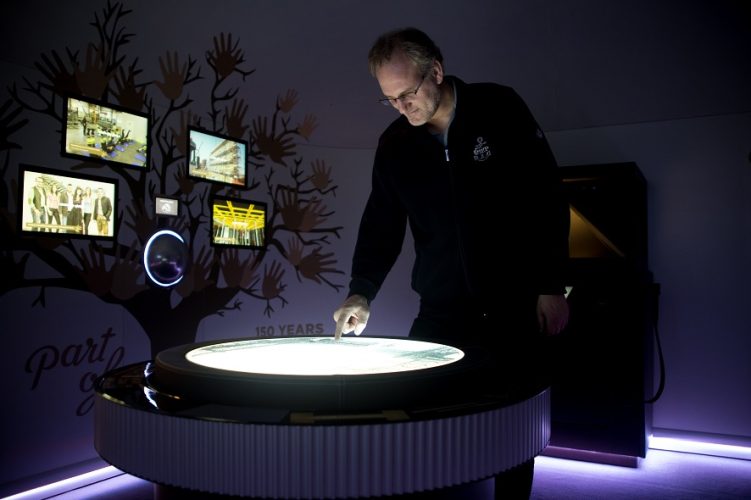
On Milestones and Megatrends: Two Pavilions for Umdasch Group
To mark the Umdasch Group’s 150th anniversary, Ars Electronica Solutions designed two pavilions showcasing the company’s past and present, as well as the future of the company and our world to go on display in Vienna’s Weltmuseum. Solutions project manager Claus Zweythurm told us more in this interview.
-
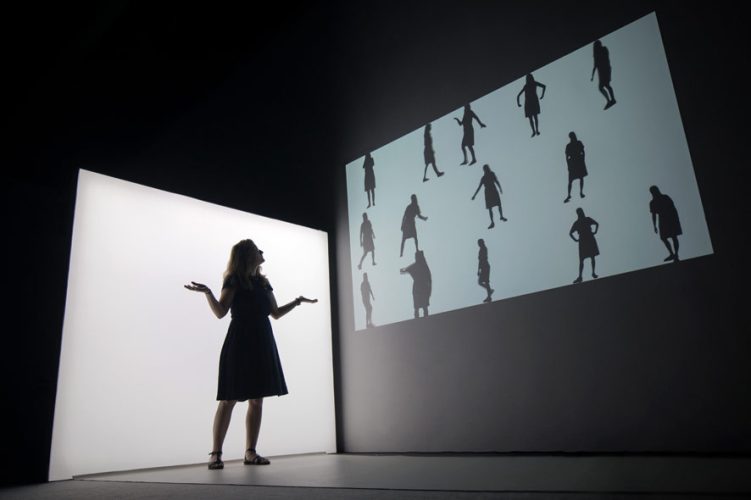
Gestures: When Humans Reach out to Machines
An interactive exhibition at the Saxon Museum of Industry entitled “Gestures – Yesterday, Today and the Day after Tomorrow”—the outgrowth of a joint research project by the Technical University of Chemnitz (Germany) and the Ars Electronica Futurelab—is a new encounter with the history of human-machine interaction.
-
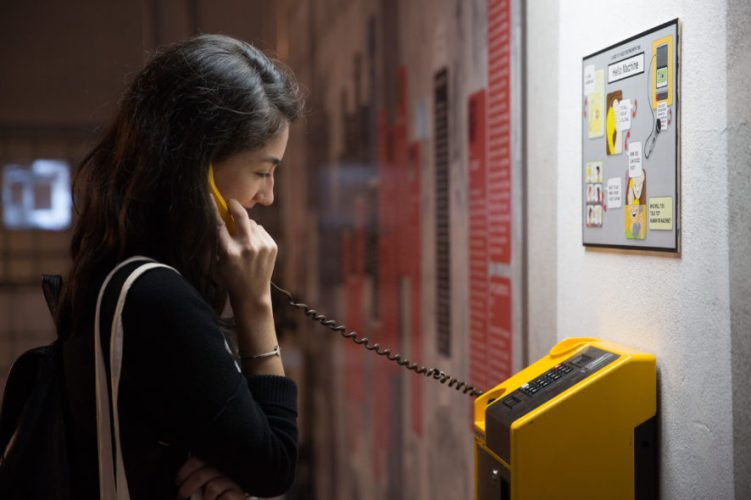
Who or what is on the line? Find out via “Hello Machine”!
The “Hello Machine” is an installation connecting the Ars Electronica Festival Linz, Science Gallery Dublin and Volkswagen Berlins Drive Exhibition, has been developed with the assistance of the Ars Electronica FutureLab, by way of vintage or obsolete pay phones from Hanlon’s collection. The Hello Machine’s ‘Hello Machine – Hello Human’ feature touches on the playful…
-
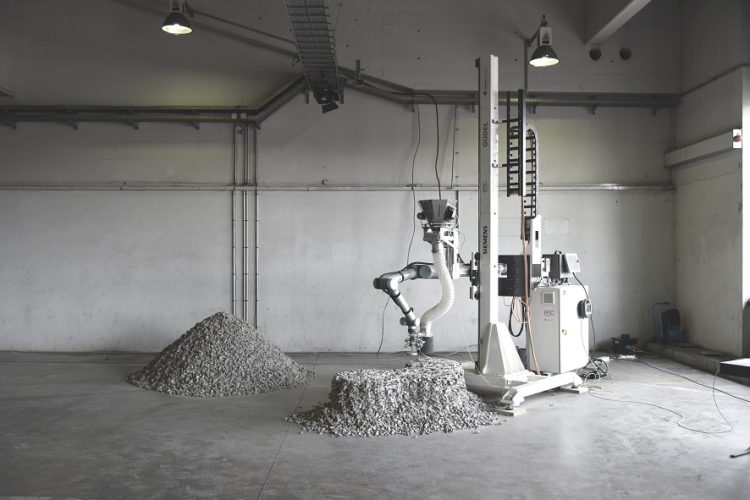
Rock Print: Building with Cable and Pebbles
The idea seems so simple—Rock Print, a STARTS Prize honoree, demonstrates how to build a large structure out of only gravel and wire. But behind the seeming simplicity is the difficulty of implementing the concept in real life. In this interview, Matthias Kohler and Fabio Gramazio of ETH–Swiss Federal Institute of Technology in Zürich tell…
